My most thrilling moment of 2016 so far — aside from watching a smug-looking woman carrying a copy of the Guardian get the heel of one shoe stuck in the escalator at Canary Wharf station (boy did she howl) — was having a Facebook friend request accepted by Trevor Lee.
Trevor is a hero of mine. He was a very fast and skilful winger for my team, Millwall, and played a crucial role in our 1975/76 promotion season. He went on to play 108 times for the Lions and was adored by supporters. His name is still spoken of with a certain reverence down The Den, much as fanatical Tories will come over all breathless if you mention Sir Keith Joseph. He was also black — Trevor, not Keith, of course — one of the very first black players to make an impact on the British game. That he was not absolutely the first is why few people beyond the world of football have heard of him. He had an afro. We liked that, too, we racist scumbag Millwall supporters. For a certain tranche of pig-ignorant liberal middle-class opinion (personified by the idiotic journalist Yasmin Alibhai-Brown), Millwall FC is the very expression of knuckle-dragging white working-class racism. And yet it was one of the very first clubs in the country to embrace local black footballers, the first to have a black chairwoman and our supporters invariably elect a black footballer as player of the season: the wonderful Comorian midfielder Najim Abdou — or ‘Jimmy the Muslim’, as he is known to many supporters — has won it twice recently, deservedly.
Back when Trevor was playing there was a lot of racism on the terraces, of course. But the gradual emergence of black footballing talent saw the abuse change, modify and then disappear altogether. The outright racism of the 1970s — I remember Middlesbrough fans singing ‘Nigger on the pitch’ to the tune of ‘Brown Girl in the Ring’ back in 1978 — gave way to a slightly more subtle observation by the mid-1980s, when black players had become relatively commonplace. ‘We all agree, our coons are better than your coons,’ Chelsea fans would sing back then.
Not any more. A few seasons back I remember watching a game at The Den when the talented forward Jordan –Rhodes, then with Blackburn Rovers, flattened Millwall’s Nigerian-born defender Danny -Shittu (no easy feat, I can tell you). ‘Leave him alone, you white bastard,’ a Millwall regular bellowed in fury. Oh, how things change, even if the tenor of expression does not.
It’s not just Millwall, mind — football has done extraordinarily well in accustoming the white folks to divest themselves of racial prejudice. It is still the focus of anti-racist odium from the middle-class liberal left, of course, which despises what it sees as a lowbrow white working-class leisure pursuit. And yet there were more black players on Millwall’s books in 1975 than there were black journalists on the Guardian’s staff. A greater proportion of black footballers then and now than black academics, black lawyers, black MPs, black educationalists, black social workers — name your middle-class profession and the answer will be the same. And black Britons thrived in the same trades as those working-class supporters on the terraces — as electricians, plumbers, labourers.
For all the nice words and pious anti-racist denunciations of the liberal middle classes, and their distaste at the undoubted bluntness of white working-class discourse, it was nonetheless among the working class where integration and equality happened first. And still does. Further, the predominance of brilliant black British footballers has all but expunged any lingering notions of racial superiority whitey might have possessed. You can’t watch John Barnes or -Trevor Lee waltzing with ease through a static white defence and still believe you’re part of the master race. In France, the Front National’s leader Jean Marie Le Pen once famously disparaged the national football team for having been drawn from too diverse — i.e., non-French — backgrounds. Shortly afterwards, Zinedine Zidane, of Algerian stock, scored two goals in the final of the 1998 World Cup to ensure the trophy came to France for the first time ever. As one left-wing journalist, Philippe Jerome, put it at the time, this was a far more valuable riposte to Le Pen than any amount of anti-racist demos and white liberal furore.
And the story is much the same in the USA. This week the hugely irritating singer Beyoncé performed at half time during the Super Bowl and, in a display of outstandingly self-obsessed virtue-signalling, devoted her routine to Black Power. Her dancers referenced both Malcolm X and the Black Panthers. Malcolm was, for almost all of his adult life, an uncompromising racist who believed in complete segregation of the races and that white people were devils who would soon be obliterated. He recanted on these loathsome views only a year or so before he was murdered by a former fellow traveller from the unspeakably vile Nation of Islam, which thought he had got too big for his boots. The Black Panthers, meanwhile, were a bedraggled and asinine collection of gun-toting Maoist halfwits.
If Beyoncé had wished to champion the cause of racial equality and proper integration, she would have been better off paying homage to the players on the field and those redneck supporters in the stands. At the same time that Malcolm X was advocating separation for blacks from white America, on account of its irrevocably racist agenda, the National Football League was showing the way: almost one third of American football players in the 1960s were black. Today that figure is more than two thirds.
Where is the real racism within our societies, do you think? Among the ordinary white working-class folk — or a little higher up the social ladder? Trevor Lee and many others could give you an answer.
Got something to add? Join the discussion and comment below.
Get 10 issues for just $10
Subscribe to The Spectator Australia today for the next 10 magazine issues, plus full online access, for just $10.
You might disagree with half of it, but you’ll enjoy reading all of it. Try your first month for free, then just $2 a week for the remainder of your first year.


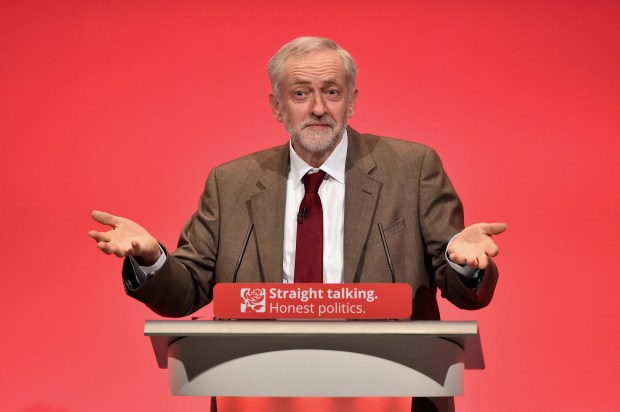
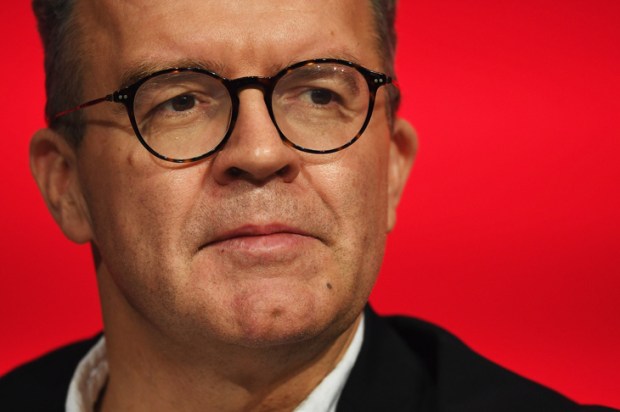
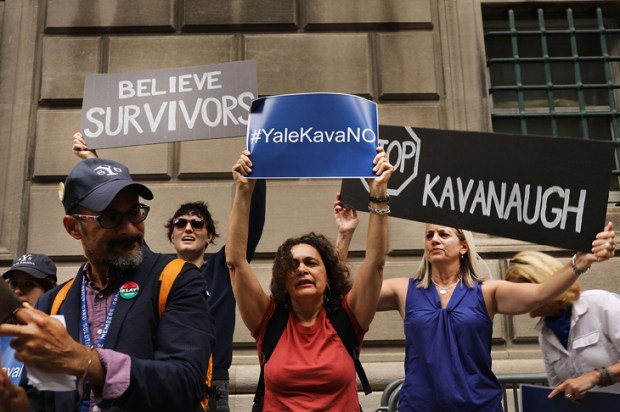
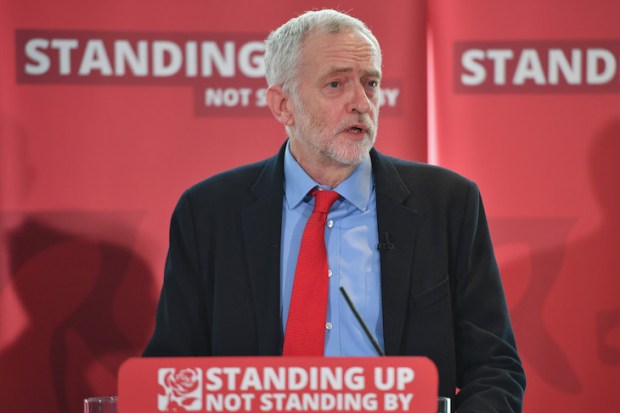

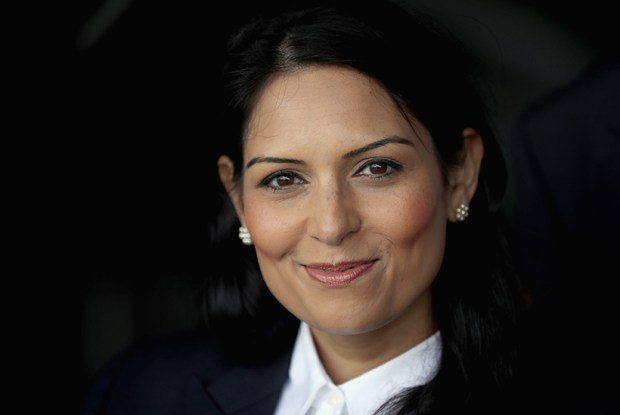






Comments
Don't miss out
Join the conversation with other Spectator Australia readers. Subscribe to leave a comment.
SUBSCRIBEAlready a subscriber? Log in